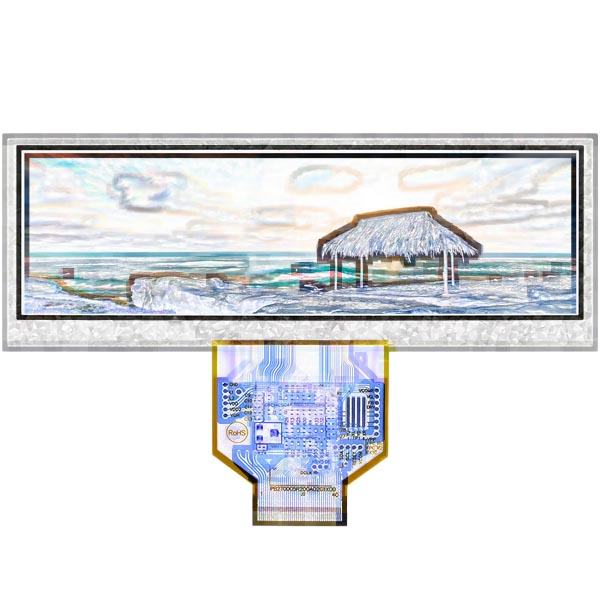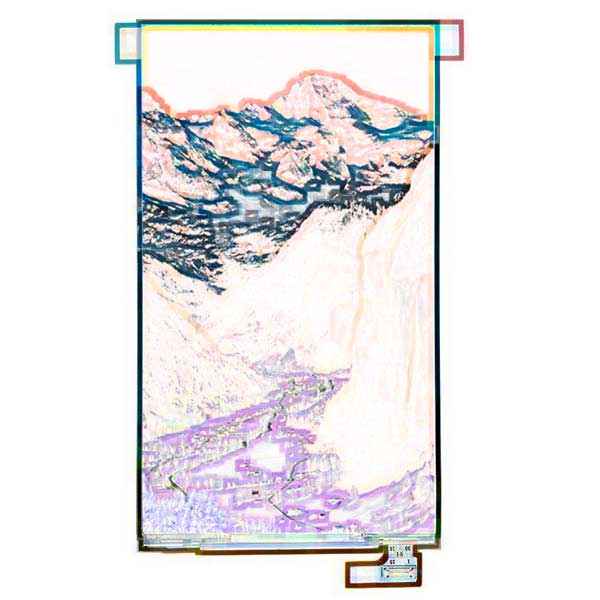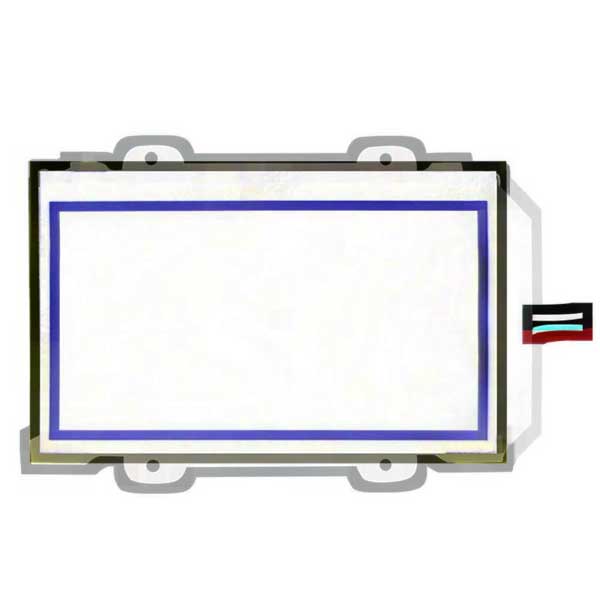The color temperature is that human eyes see the variation of the color when light waves are in different energy. We regard Kelvin as the unit for color temperature, and the radiation of object is 0°and Kelvin is -273° C as the starting point of calculation. When the object is heated, the color temperature will go up while the energy rises up and the light will become visible to human eyes. For example, when the color temperature of the object is 2800° K, the light it emits is the same as a light bulb. And we refer that the color temperature of light bulb is 2800° K. Therefore, when the color temperature changes from low to high, the color we can see through the light is orange —— white —— blue.
| Color temperature | |
| warm white | 6000k below |
| pure white | 6000-6500k |
| cold wihte | 6500k above |
The features of color temperature:
1. Color temperature is higher in the high latitude regions, the color we see is a little bluer than its original’s.
2. Color temperature is lower in the low latitude regions, the color we see is a little redder than its original’s.
3. During the day, the color temperature changes with the incident angle of sunshine. When the incident angle is oblique, energy is absorbed more by clouds and air, the color temperature will be lower; when the incident angle is direct, energy is absorbed less by clouds and air, the color temperature will be higher.
4. RGB color model of Windows system regards 6500° K as standard color temperature, which is expressed by the D65.
5. The color temperature is approximately 4400° K in the morning.
6. The color temperature is about 6000° K on the mountain.
|
Light source |
Color temperature(k) |
|
Sunrise |
2000 |
|
20min before or after sunrise |
2100 |
|
30min before or after sunrise |
2400 |
|
40min before or after sunrise |
2900 |
|
1hr before or after sunrise |
4500 |
|
3hr before or after sunrise |
5400 |
|
Average light at the noon |
5400 |
|
Cloudy day |
6500-8000 |
|
Fluorescent |
7000 |
|
Electronic flash |
5500 |
|
Blue flash bulb |
5400 |
|
White flash bulb |
3800 |
|
Floodlight |
3400 |
|
Photographic tungsten |
3200 |
|
Household 500W bulb |
3000 |
|
Household 100W bulb |
2900 |
How to choose the right color temperature:
Color temperature is the feeling of our eyes about an object which is emitting light or reflecting light. Thus, it’s a feeling varies from person to person and it is affected by physics, body science and psychology. The color temperature of illuminating bodies (television) or reflectors (photograph) could be changed manually. For example: we can raise up the color temperature on a photo by using 3200 K incandescent lamp and installing a red light filter on the lens in a camera. As the same reason, we can increase the color temperature on a television by reducing red light.
The color temperature preference varies from person and this closely connects to the daily scene we see. For example, the average color temperature seen by people who live nearby the equator is 11000 K (8000K (dusk) ~ 17000K (noon)), so they prefer a high color temperature because it looks more real. On the contrary, it is about 6000K for people who live in high latitude regions, so they prefer a low color temperature (5600K or 6500K). It means that if you see the performance of the Arctic landscape by a television with high color temperature, it seems that it is a little greener than its original’s. On the contrary, if you see the performance of the subtropical style by a television with low color temperature, it seems that it is a little redder than its original’s. Therefore, you may ask: what is the best color temperature for us in the display? For example, the average color temperature of the daily things seen by Chinese people is between 8000K and 9500K, so the television programs are made in the color temperature of 9300k for the audiences. But it is between 5600K and 6500K for people in Europe and America, so the television programs are made in the color temperature of 6000k for these audiences. Thus, in general speaking, when Chinese who have black eyeballs watch European and American films, the color of the pictures will be redder in their eyes because they are used to seeing objects of higher color temperature. For the same reason, when people in Europe and America who have blue eyeballs watch Chinese TV drama programs, they would see a bluer screen because they are used to seeing objects with lower color temperatures.






